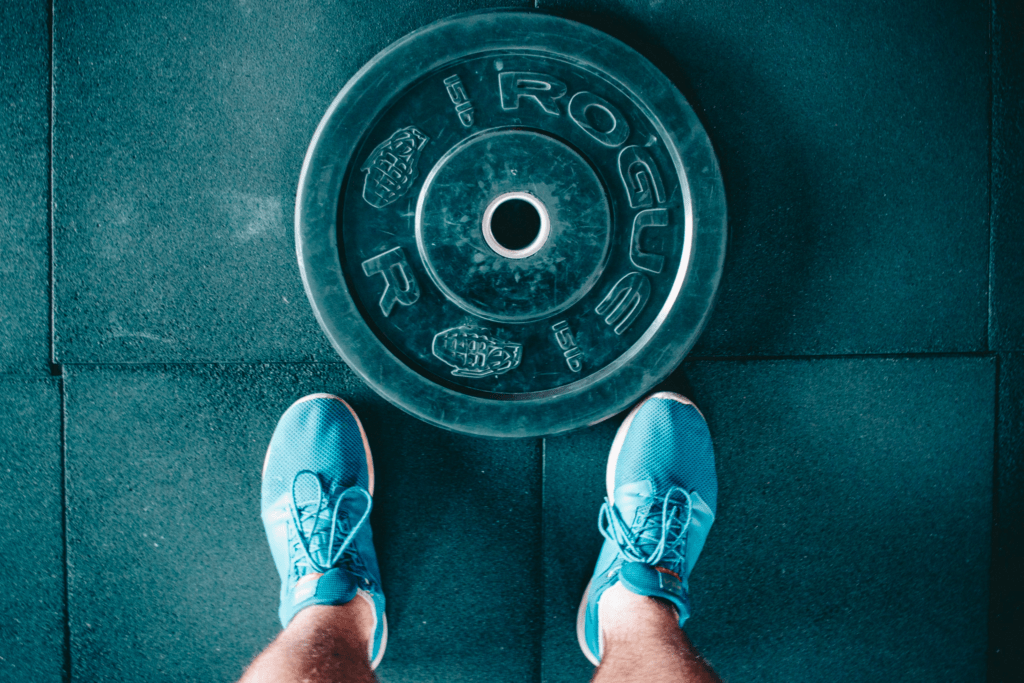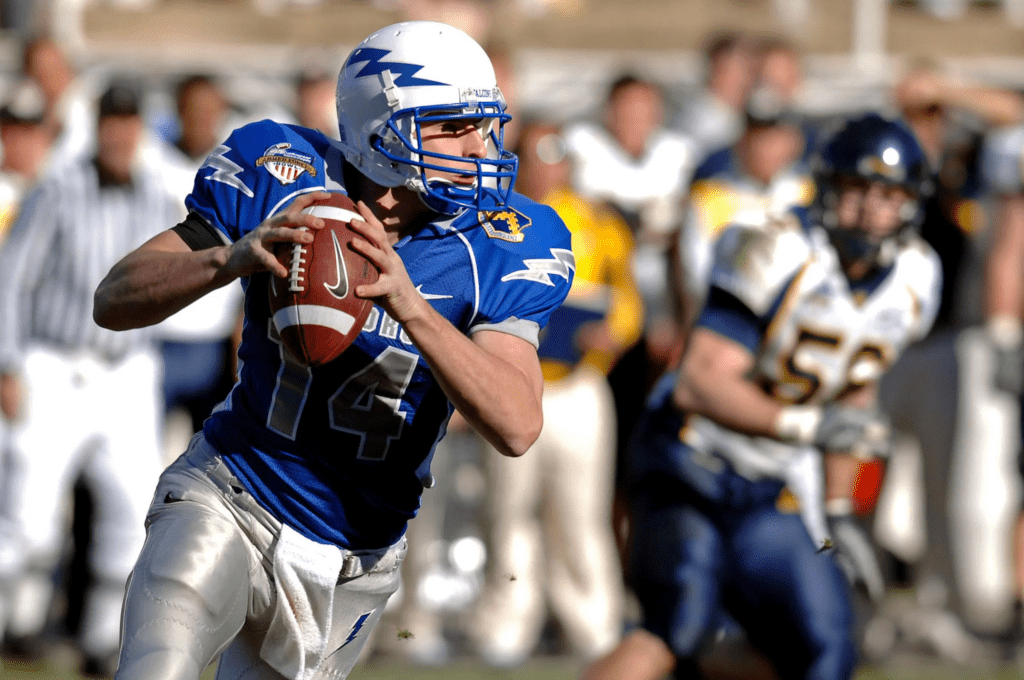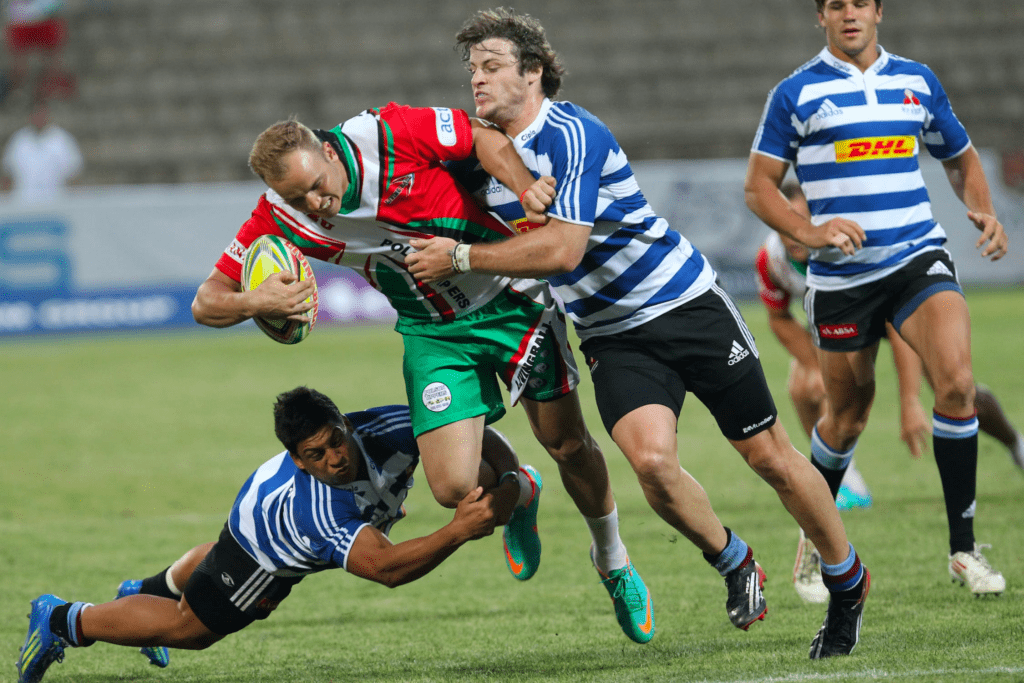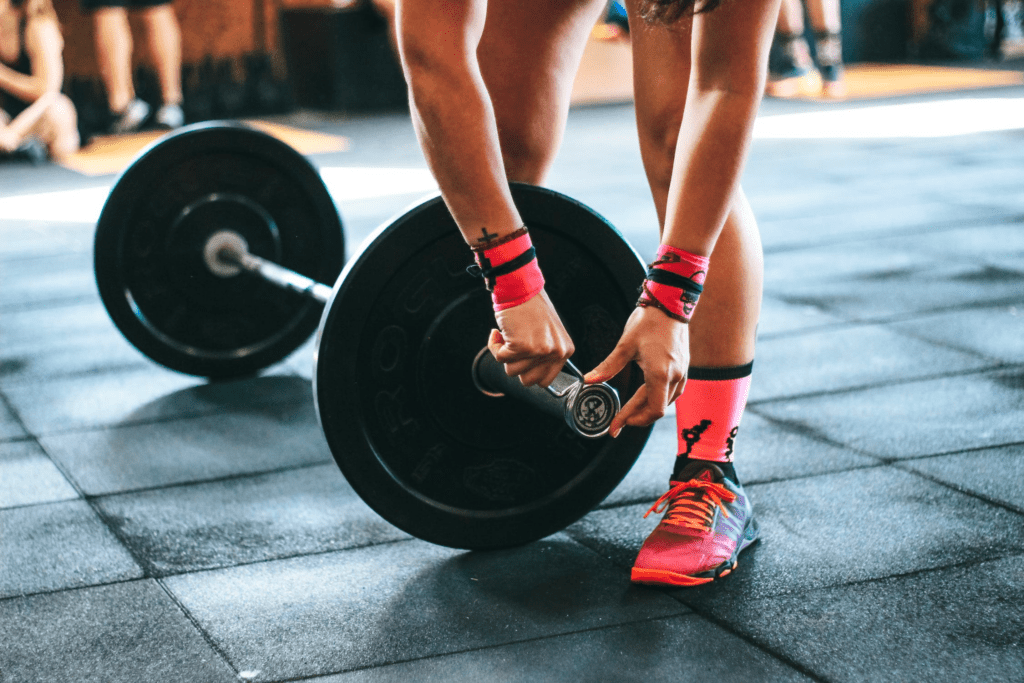Rugby football players not only need skill and practice to execute their game plan but also a lot of functional strength. While strategy and tactics are key contributors throughout the match, the team’s strength and conditioning could make the difference between a win or a loss. Now strength can only be built by challenging your body’s muscles with some type of resistance — weights being the most common way to do so.
As compared to regular rugby football training, lifting weights is “relaxing” to an athlete. After all, there is something therapeutic about racking weights on a barbell, clipping the collars on, and benching away. But, how often do rugby football players do it? What’s a suitable lifting intensity and frequency for them? In this article, we’re looking at all that and more, so keep reading!
Why Rugby Footballers Train Strength
All types of football are some of the most physically demanding sports out there. Rugby football in particular requires immense endurance and power in athletes. That’s because the gameplay gets pretty messy between tackling, running, and even scrummaging with equally big opponents. Those aggressive rucks and mauls are only possible with a lot of muscle, and tons of stamina to back it.
(Pexels)
Since strength plays such an integral role in the sport, footballers train their physical capabilities regularly. Weightlifting is a cornerstone of the programs they engage in to help develop muscle mass and overall strength.
How Often Do They Lift Weights? 
(Unsplash)
Football players typically adhere to a structured training schedule that includes multiple sessions per week. The exact number may change with variables like the player’s individual goals and position. The frequency also changes depending on the phase of the season. On average, however, rugby football players hit the weights at least three to four times per week, if not more.
During the off-season or pre-season phases, when players have more time to reap strength training benefits, the frequency of weightlifting sessions may increase. This period allows athletes to focus on building a solid foundation of strength and address any weak spots in their conditioning. As the season goes on, they may start to lift less often to make room for more recovery and match play in their hectic schedules.
Types of Weightlifting Exercises
(Unsplash)
Footballers need to target many movement patterns and muscle groups to improve their on-field performance. For this, they incorporate a variety of weightlifting exercises into their training regimens. These exercises can be categorized into compound lifts, such as squats, deadlifts, and bench presses. They can also be accessory or supplementary lifts that focus on specific muscle groups or movement patterns.
Compound lifts are especially useful for rugby footballers as they engage multiple muscle groups at once, mimicking their usual on-field movements. Squats, for example, help develop lower body strength and power — great for activities like inflicting tackles and dodging enemy ones. Deadlifts strengthen the posterior chain, which is crucial for explosive running and tackling — offering tons of functional strength to the players. Bench presses target the upper body, aiding in tasks like fending off opponents or passing.
Not all lifts are that intense, though. Players also incorporate accessory exercises to get rid of imbalances in their strength or fortify their joints with stronger supporting muscles. These may include exercises such as lunges, rows, pull-ups, and core-strengthening movements. By targeting specific areas of weakness, players can greatly reduce the risk of injury on the field.
Recovery and Injury Prevention
While weightlifting is essential for building power and strength, it’s just as important for athletes to prioritize recovery and injury prevention. The physical demands of the sport place significant stress on the body, increasing the risk of fatigue and overuse injuries.
 (Pexels)
(Pexels)
Proper hydration, nutrition, good sleep (both quality and volume), and active recovery strategies can massively support the body’s ability to adapt to training stress and avoid injuries. Incorporating mobility work, flexibility exercises, and foam rolling into their routines can help improve joint health, range of motion, and muscular function, reducing the likelihood of injuries such as strains, sprains, and tears.
Football players often work closely with nutritionists, conditioning coaches, and physiotherapists to develop comprehensive training and recovery programs tailored to their individual needs. This personalization is necessary because depending on the type of roles they play in the team, players may want to prioritize different areas of their physical conditioning.
Conclusion
(Unsplash)
In the world of rugby football, strength is a vital component that underpins performance on the field. Weightlifting plays a central role in developing and maintaining the strength, power, and endurance that this intense sport calls for. Athletes lift weights around three to four times a week, focusing on compound lifts, accessory exercises, and periodized training programs to optimize performance and minimize the risk of injury. With proper recovery and injury prevention strategies, athletes can be primed to excel when it matters most.




